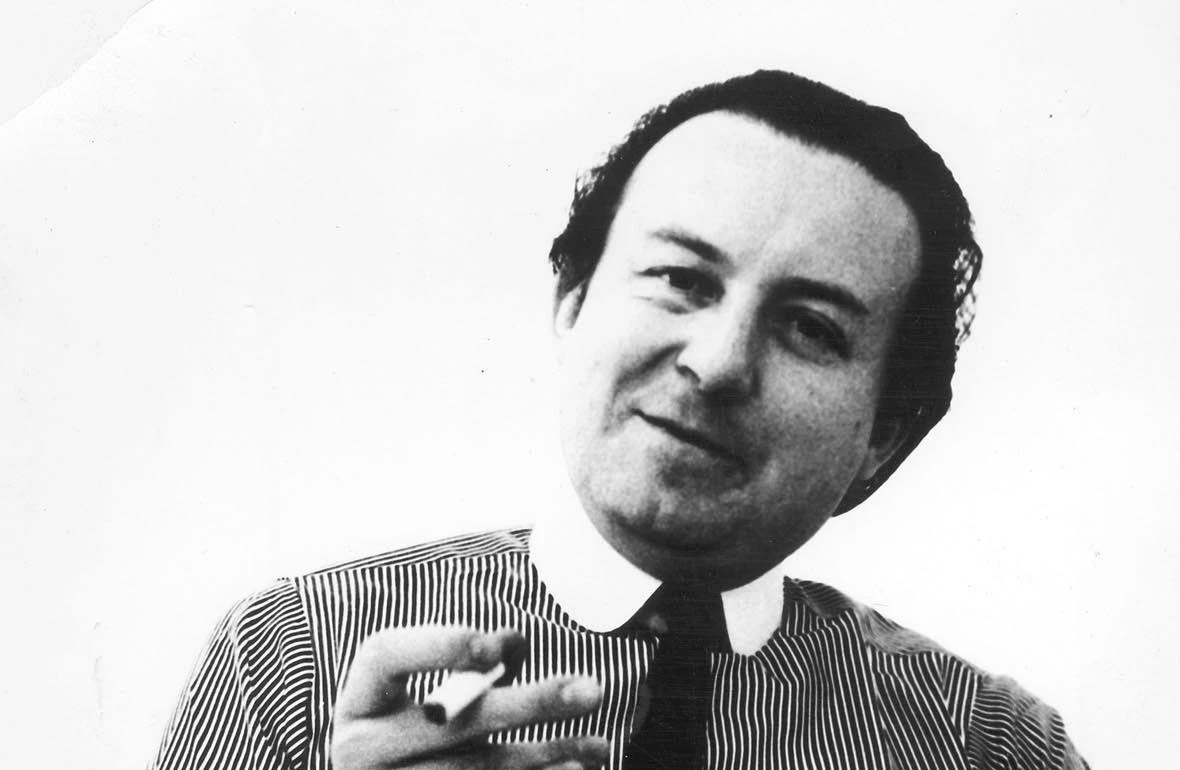
(1934-2003)
Wished to put architecture “at the service of the delights and uncertainties of life”, and imagined it as changeable as the society it aims to serve. Cedric Price is, along with Reyner Banham and Colin Rowe, a pillar of the British architectural theory of the second half of the 20th century. Son of an architect, he studied in Cambridge and the Architectural Association; in 1961 he co-designed (with Frank Newby and Lord Snowdon) – the aviary for London Zoo, which shows his passion for technology and his rejection of the historical and the permanent. Though unbuilt, the Fun Palace (1961-1964) – a short life cultural center which inspired the Pompidou Centre – and Potteries Thinkbelt (1964-1966) – which reused an abandoned railroad track as a traveling university –, are projects of cult. The mobile structures conceived as civic catalyzers for public spaces and named Magnet by their author (1996-1999) are the most recent manifestation of his thinking, summed up in Cedric Price, Opera, by Samantha Hardingham, and Re: CP, by Hans Ulrich Obrist, published in 2003 coinciding with the reprint of his famous Square Book.





